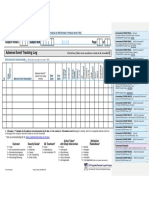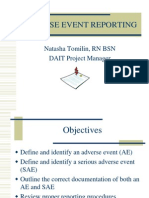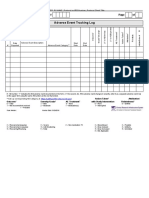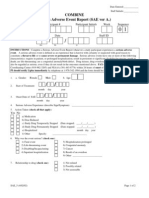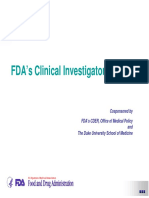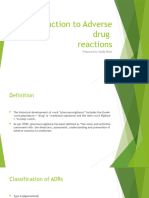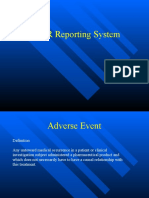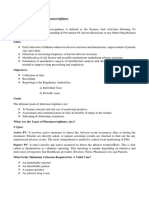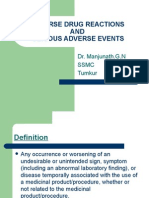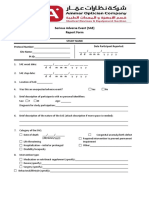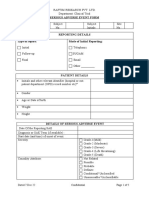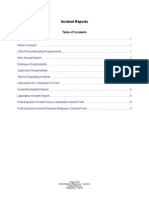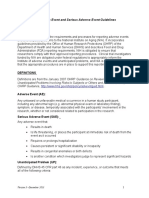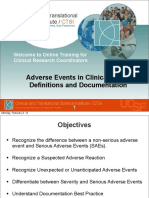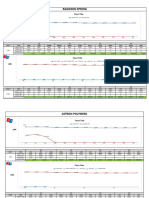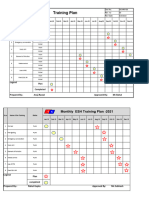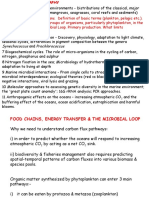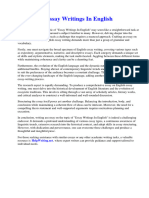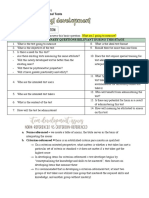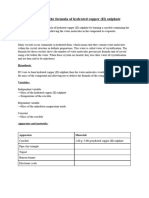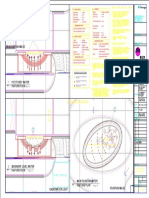STUDY ID HEADER: PI Name, Protocol or IRB Number, and/or Protocol Short Title
Subject Initials ___ ___ ___ Subject ID# ___ ___ ___ - ___ ___ ___ Page ____ of ____
Adverse Event Tracking Log
Check box if there were no adverse events to be recorded □
risk of harm (Y or N)
Expected (Y or N)
Serious▲ (Y or N)
Severity / Grade2
Suggests greater
AE Treatment3
Relatedness5
Action Taken4
Outcome1
PI Initials &
Date ‡
Assessor Initials Date
Adverse Event Description* (if PI is assessor, mark
Reported Start Date End Date & Date
†
(see instructions on reverse) as N/A)
Action Taken4 Relatedness5
Outcome1 Severity / Grade2 AE Treatment3 with Study Intervention to Study Participation
0 – Fatal 1 – Mild 0 – None 0 – None 0 – Definitely related
1 – Not recovered/not resolved 2 – Moderate 1 – Medication(s) 1 – Interrupted (temporarily) 1 – Probably related
2 – Recovered w/o sequelae 3 – Severe 2 – Non-medication Treatment 2 – Discontinued (permanently) 2 – Possibly related
3 – Recovered w/ sequelae 4 – Life Threatening 3 – Dose reduced 3 – Unlikely
4 – Recovering/Resolving 5 – Death (Fatal) 4 – Dose increased 4 – Unrelated
5 - Unknown 5 – Dose delayed
Additional instructions on reverse side
Note: This form was developed in accordance with Clinical Data Acquisition Standards Harmonization (CDASH) where possible.
Consultation with CDASH standards is recommended prior to use and/or modification.
Form Number, Version Date IU QIO Version Date: 7.26.2022
� STUDY ID HEADER: PI Name, Protocol or IRB Number, and/or Protocol Short Title
Subject Initials ___ ___ ___ Subject ID# ___ ___ ___ - ___ ___ ___ Page ____ of ____
Adverse Event Tracking Log
Check box if there were no adverse events to be recorded □
Suggests greater risk of
Expected (Y or N)
Serious▲ (Y or N)
Severity / Grade2
AE Treatment3
Relatedness5
Action Taken4
harm (Y or N)
Outcome1
PI Initials &
Date Assessor‡ Initials Date
Adverse Event Description* (if PI is assessor, mark
Reported Start Date End Date & Date
†
(see instructions on reverse) as N/A)
Instructions for Use:
Note: This form was developed in accordance with Clinical Data Acquisition Standards Harmonization (CDASH) where possible.
Consultation with CDASH standards is recommended prior to use and/or modification.
Form Number, Version Date IU QIO Version Date: 7.26.2022
�*
Adverse Event (AE) Description:
• Record only one diagnosis, sign or symptom per line (e.g., nausea and vomiting should not be recorded in the same
entry, but as 2 separate entries).
• Using accepted medical terminology, enter the diagnosis (if known); otherwise enter a sign or symptom.
• Death should not be recorded as an event but should be recorded as the outcome of the event. The condition that
resulted in the death should be recorded as the AE.
22
Severity grading should be conducted in accordance with the protocol defined rating scale. When the protocol does not define
a scale, the following grade descriptions may be used:
1. Mild; asymptomatic or mild symptoms; clinical or diagnostic observations only; intervention not indicated.
2. Moderate; minimal, local or noninvasive intervention indicated; limiting age appropriate instrumental ADLs
(preparing meals, shopping for groceries or clothes, using the telephone, managing money, etc.)
3. Severe or medically significant but not immediately life-threatening; hospitalization of prolongation of
hospitalization indicated; disabling; limiting self-care ADLs (bathing, dressing and undressing, feeding self,
using the toilet, taking medications, and not bedridden)
4. Life Threatening; urgent intervention indicated
5. Death (Fatal)
▲▲
As defined by the FDA, a Serious Adverse Event (SAE) is an event for which the outcome is death; or an event that is life-
threatening, requires hospitalization or a prolongation of hospitalization, results in disability or permanent damage or a congenital
anomaly/birth defect, requires intervention to prevent permanent impairment or damage, or is considered an important medical
event. Further descriptions of these terms can be accessed on the FDA website: https://www.fda.gov/safety/reporting-serious-
problems-fda/what-serious-adverse-event
††
For studies in which the IU IRB is the IRB of Record, events that are assessed as (1) unexpected, (2) related or possibly
related to study participation, and (3) suggest that the research places subjects or others at a greater risk of harm than
previously known, must be reported to the IU IRB within 5 business days of notification/discovery of the event
‡‡
Per IU Policy, if the PI has delegated assessment of AEs, the assessor should be a qualified individual (with appropriate
medical training and familiarity with the known safety profile of the study intervention. As the PI is ultimately responsible for
overseeing all delegated tasks, the PI should periodically confirm his/her review and agreement with the assessments.

